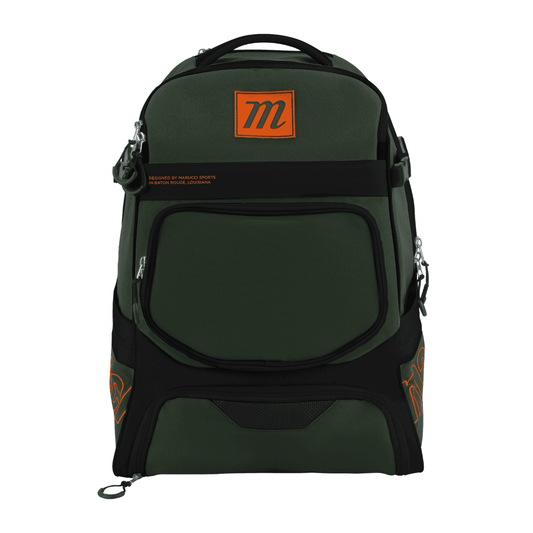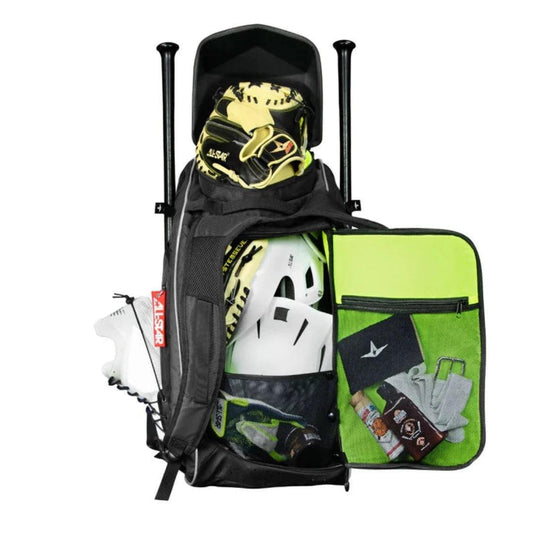In baseball, bunting is the most selfless act a batter can make, and if they are going to do it, they need to do it well. The objective is to deaden the ball and bunt it just a few feet toward first or third base, giving on-base runners a chance to advance. Bunting takes practice to get the technique right. Here, we'll help you learn the proper way to bunt a baseball in five simple steps so that the runner — and your team — advances every single time.
5 Tips on How to Bunt Like a Pro
- First, get into your regular batting stance as if it's a regular at-bat, giving nothing away to the pitcher. The focus here should be to set your bat angle: the barrel should be higher than your hands.
- Now notice and adjust your hand positions. Your top hand should be a little higher than normal (about where the label is), and your bottom hand should stay down by the knob. A bunting tip to remember is that bringing your hands closer together will mean you sacrifice some control, so remember to keep some space between your hands.
- The ball should make contact with your bat just north of the barrel's sweet spot. Making contact with the ball here will deaden it so that it won't come off the bat as hard. This will make getting to the ball more difficult for the pitcher or infielders.
- Your head position during a bunt is important, because both the bat and the ball should be in your line of vision. Although this can be offputting, keeping your head in position is an important part of bunting. Don't take your eyes off the ball until it hits the barrel.
- Good players who share their baseball bunting tips all say to start in the ready position with the bat in the strike zone as you would for any at-bat, then use your legs to adjust if the pitch is lower. Your head and hands should stay in the proper positions, with your legs ready to make the adjustments. If the ball is above your bat, you'll know it's outside the strike zone.
The Rules of Bunting
Bunting has its own set of rules, mostly established because bunts aren't typical batting swings. For example:
- If a batter pops up a bunt, the infield fly rule doesn't apply.
- A missed or foul bunt with two strikes leads to a strikeout.
- If a batter bunts and runners advance (which is considered a successful sacrifice bunt), the at-bat and out don't count against the batter's average.
Types of Bunts
Not only should good players know how to bunt a baseball, but they should also know the different types of bunts. Each kind of bunt is useful when the scenario calls for it.
- The sacrifice bunt's purpose is to advance base runners from one base to the next, usually from first to second. This serves the dual purpose of putting a runner in scoring position and eliminating the possibility of a double play.
- A squeeze bunt is much less common than a sacrifice bunt. It occurs when a runner is on third base, and the team has one or zero outs. In a squeeze bunt, the batter bunts, and the runner on third makes a break for home. If done properly, the runner will score while the defense is trying to throw the runner out at first base.









































































































